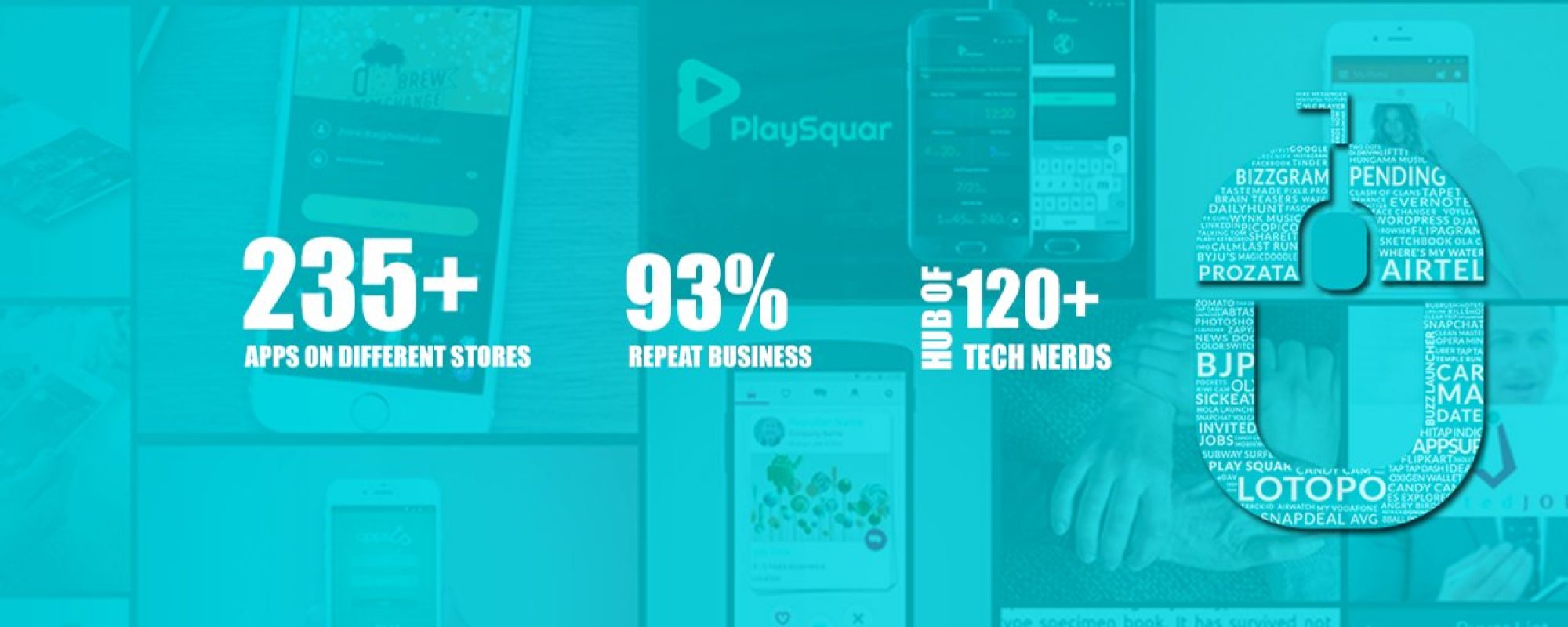
There are different ways to build the mobile application such as hybrid, web, and native. Among all these ways only Native app development is the best way.
Let’s see why?
What is a Native app development?
Native application development is a powerful way to build an effective presence in the ever-growing mobile ecosystem. With this way, apps are built for a specific platform and written in a language that a platform accepts, for example, Swift or Objective C for Native iOS app and Java or Kotlin for the native Android app. In simple words, we can say that the apps are built by using the specific Integrated Development Environment (IDE) for a given OS.
Why you have to choose native app development?
This question definitely comes in your mind, there are lots of ways to develop the mobile application, then why you need to consider the native app development.
Native applications are mainly built for the specific platform, which allow you to get the full benefits from all of their features and easily integrate with the entire ecosystem. If you want to provide the best possible user experience in terms of look and feel, then native app development is the best option for you. Here we are going to list out the different reasons to build the Native application.
- Performance is far better than any other app because they are written in preferred languages. They also have access to the exclusive APIs and components which are optimized for the different screen sizes and system versions.
- Security of the native app is provided by many different layers of an operating system, while most of the hybrid apps rely on the system browser security.
- Easily access to developers that allow them to solve the various types of problems associated with implementing the non-standards behavior, views, and animation.
- Faster to configure because they are compatible with only one platform. You can easily extend some of the modules of the app and freely use any new features on a given platform.
- Access to the hardware features and take full advantage of a device.
- Stability of native application is much high in terms of both maintenance and security. In Native apps system features such as application shortcuts or bio-metric APIs can be implemented directly.
Now, you know why you have to develop native apps. So, let’s discuss how to develop the native iOS app.
What is iOS app development?
iOS is Apple’s OS that runs on an iPhone, iPad, iPod Touch, Apple TV, and Apple Watch hardware. Apple provides tools and resources for creating iOS apps and accessories for these devices. As an iOS developer, you have to use the native programming languages such as Swift or Objective C.
Developers’ Requirement
The first requirement to develop an iOS app is a Mac computer running on the latest version of Xcode. Xcode is Apple’s IDE for both Mac and iOS apps, it includes the iOS SDK (Software Development Kit), tools, compilers, and frameworks, you need these things especially to develop, design, write the code, and debug an app for iOS.
For developing the Native iOS app Apple suggests using the modern Swift programming language. You have to remember that Xcode only runs on Mac OS X and only supported way to develop the iOS apps.
iOS SDK
You have to explore the tools, technologies, capabilities, and languages which are included in the iOS SDK that makes the app development possible. Some iOS SDKs are essential for development because they include the UIKit, GameKit, PushKit, FoundationKit, and MapKit. SDKs also allow you to manipulate the iPhone or iPad camera, add voice interaction using SiriKit, explore music with MusicKit, and even add iMessage Business Chat to your application.
Prepare your development environment
- Download the Xcode
- Launch the Xcode and create a new project
- Get familiar with Xcode
- Build and run your app using the iOS Simulator which included in Xcode.
Actually, iOS Simulator is a great way to see what your app looks like and you can also interact with your app. You can simulate your app on several hardware types and iOS versions.
Beta Testing
Once you have built and tested your app, you can invite users to use your app and give their feedback prior to deploying to the App Store. Beta testing is the best way to check the push notifications, data storage using core data, and making network calls to 3rd party APIs.
Cloud Testing
Testing your iOS app on the real devices is very important because performance on the real devices, different OS versions, modifications made by the manufacturers and carriers firmware may lead to unexpected issues with your app. Testing on the real devices gives you a more accurate understanding of your app issues.
But obtaining the physical devices for testing is a huge challenge and here comes the cloud testing into play. With cloud testing, you can test your application on real devices that are accessible on the cloud. You can run both manual and automated tests to ensure the quality of your application.
Deployment
Once you have completed your iOS application development, testing, and beta testing, then you can deploy your app to the App Store. But before deploying your app, you must have to join the Apple Developer Program. As a member, you get access to beta software, advanced app capabilities, extensive beta testing tools, and app analytics.
One thing that you always have to check is the App Store review guidelines, whether you are first time developer or an experienced developer you have to pass the review process. The guideline principles are simple, they just want to provide a safe experience for users to get amazing apps and a great opportunity for all the developers to be successful.
The safety guidelines arranged into five clear sections that are:
- Safety
- Performance
- Business
- Design
- Legal
Now, you know the basics of developing the Native iOS app. If you still have some doubts or queries, then reach Techugo and get the best solution by the experts.
The next post in this series will cover how to build the native Android application.

